Original Fiction: “THE WEIRD OF IRONSPELL” by John R. Fultz
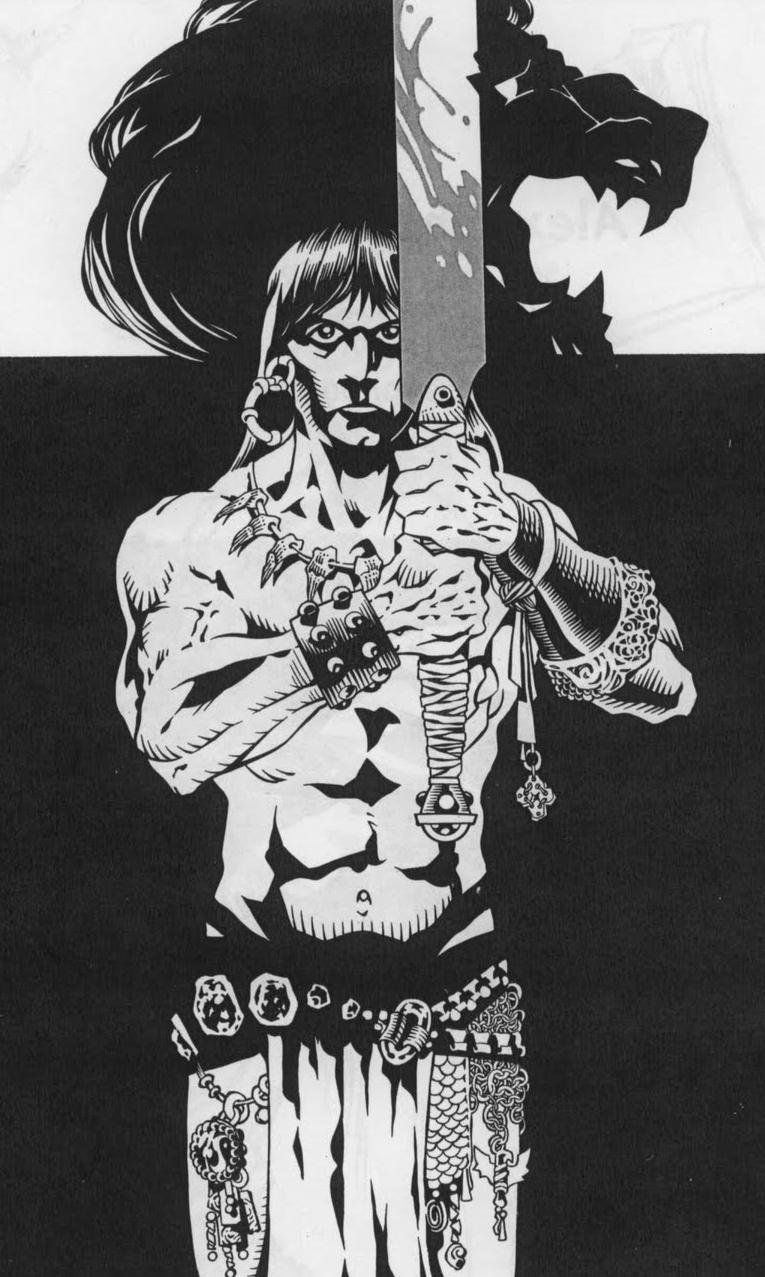
In the grand tradition of the heroic fantasy pulps comes “The Weird of Ironspell” — a serialized novella of original Sword-and-Sorcery adventure coming to you over the next few weeks. Catch a new self-contained chapter every Wednesday right here at blackgate.com. The saga continues…
“The Weird of Ironspell” by John R. Fultz
Illustrations by Alex Sheikman
2. The Moon God’s Bride
They marched out of the wasteland, where the bones of dead cities lay smothered beneath a sea of black sand.
Their captain was tall and broad of shoulder, his dark hair flapping like ravens’ wings about his wolfish face. The hilt of a silver sword gleamed on his back. The other three were strangelings, two with tapered ears and jewel-bright eyes, the third a grizzled gnome with a face like twisted oak. They had survived the death-worshippers of the waste, the leagues of killing sand, the murderous winds, and the terrible things that slumbered beneath the ruined temples. The scars of battle shone upon their arms and chests like tarnished jewels.
The quiet folk of Omzir greeted them with suspicion, as all things are met that crawl out of the desert. Yet when the townsfolk saw their gold and silver coins of ancient mint, they welcomed the travelers like old relatives. Ragged children followed them through the dusty streets like famished dogs.
The captain’s name was Ironspell. He asked for wine and roasted meat. Dranba, the keeper of the town’s only drinking house, offered plenty of wine to earn their gold, but explained that water and food were scarce. He spoke the western dialect since he had once traveled with caravans, so he translated for Ironspell and the strangelings. Jealous townsfolk labeled him a slave to foreign dogs, but Dranba did not care, for in only a few days Ironspell’s generosity made him the richest man in Omzir.
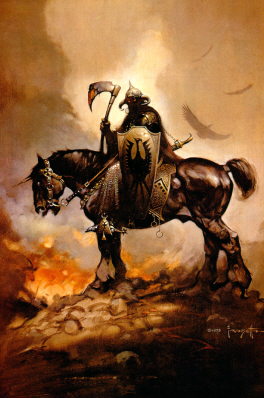 Frank Frazetta, the greatest fantasy artist of his generation, died today at age 82.
Frank Frazetta, the greatest fantasy artist of his generation, died today at age 82.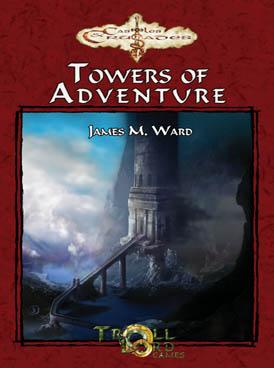 A while back I placed an order with one of my favorite online vendors,
A while back I placed an order with one of my favorite online vendors, 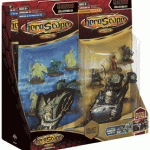 Some of you might have missed
Some of you might have missed 
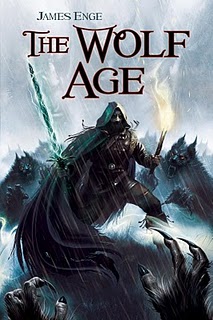 Editorial director Lou Anders has posted Pyr’s complete Fall Winter 2010-2011 catalog online.
Editorial director Lou Anders has posted Pyr’s complete Fall Winter 2010-2011 catalog online.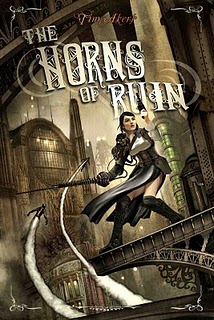 There’s plenty more on the Pyr list to command your attention, including Tim Akers’
There’s plenty more on the Pyr list to command your attention, including Tim Akers’ 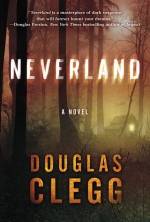 Imagine the family vacation from hell.
Imagine the family vacation from hell.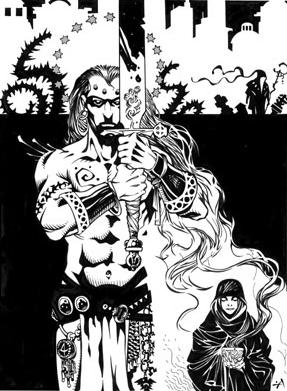
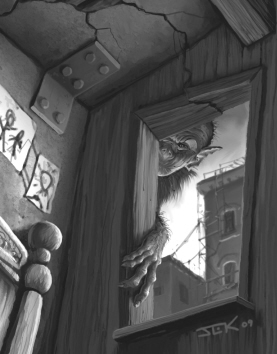 Author C.S.E. Cooney has become the third reviewer to post her thoughts on our latest issue, which she read over several train rides:
Author C.S.E. Cooney has become the third reviewer to post her thoughts on our latest issue, which she read over several train rides: